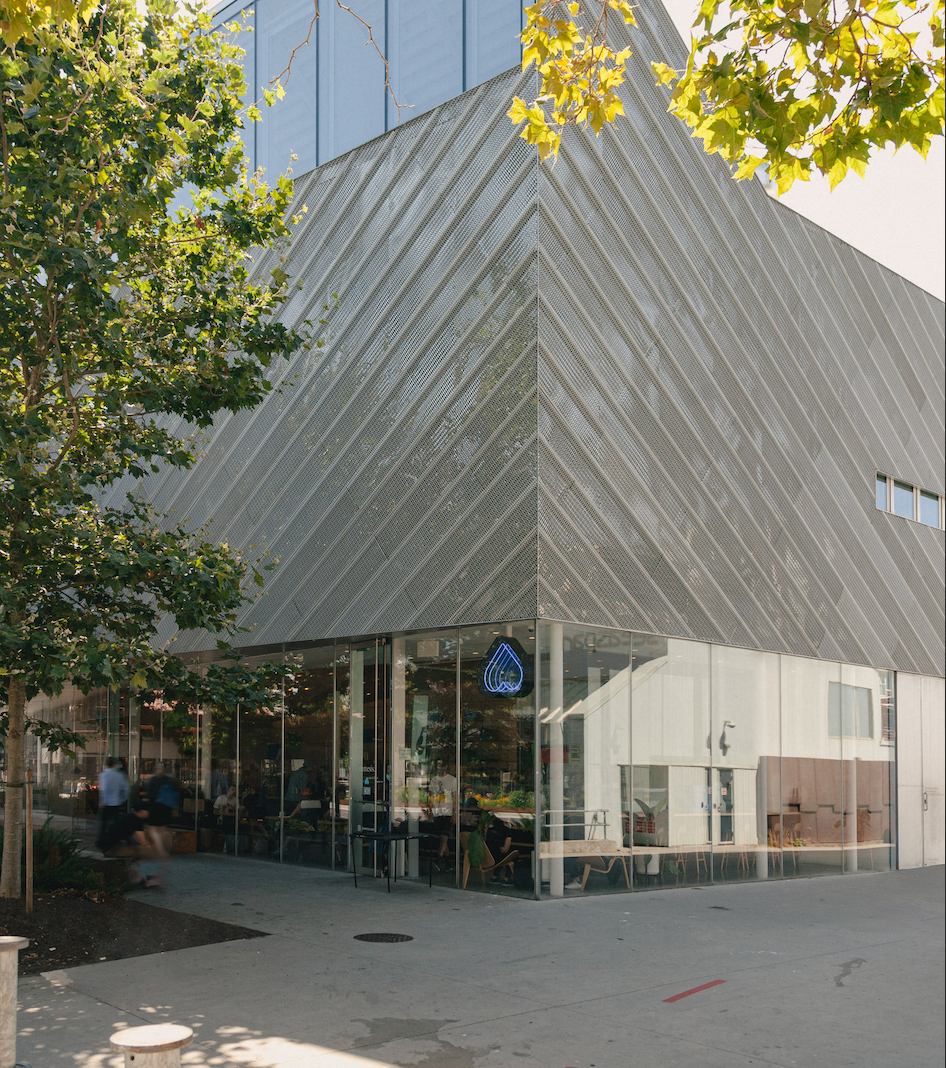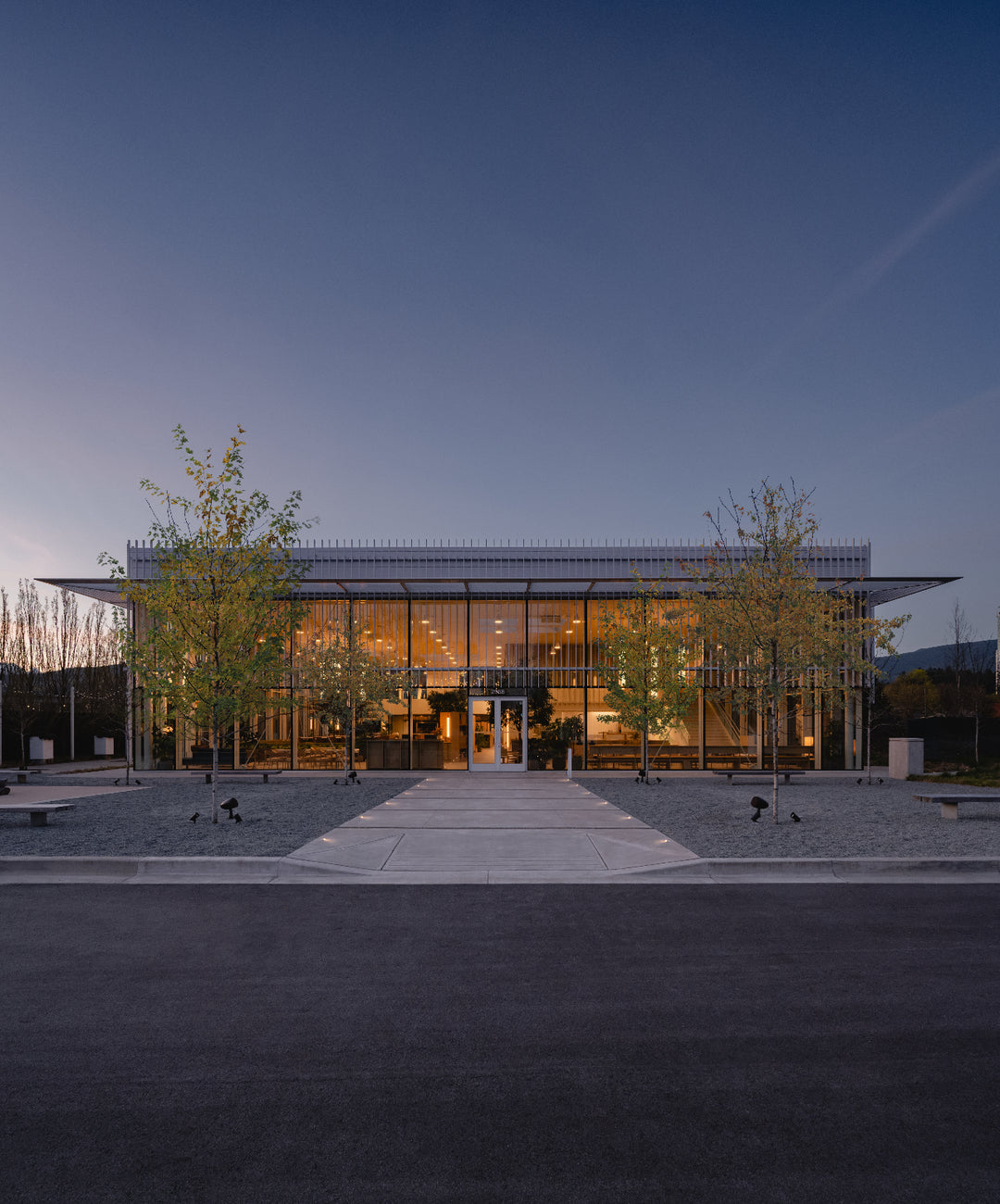Rene Fernandez - Las Huellas
about the producer.
This is a coffee from a producer whose energy matches ours perfectly. Not only does he care about his farm, but he also belongs to the Fernandez family, who we have known for a long time and greatly respect. We think mutually.
Las Huellas is located between 1400-1500 masl and grows only Parainema. Rene inherited a farm from his father, Juan Evangelista Fernandez, a respected coffee farmer. Juan perfected protocols for optimal Parainema growth as the first in Santa Barbara to grow this variety.

about the coffee.
This variety is a pedigree selection of T5296, made by Instituto Hondureño del Café (IHCAFE). In coffee breeding, T5296 is an important Roya (coffee leaf rust) resistant plant that is nonetheless not recommended for farmers because it is not stable from one generation to the next.
Cuscatleco and Paranaima are pedigree selections of T5296 made by national breeding programs in El Salvador and Honduras, respectively. In addition, many of the newer F1 hybrid varieties were created by crossing T5296 with Ethiopian landraces (examples include Centroamericano, Milenio, and Mundo Maya). They created the hybrid just in time for the arrival of leaf rust in the Americas.

After initial testing at IAC in Brazil the CIFC sent H361 out to testing centers in several countries for field trials. This included Colombia, Costa Rica, El Salvador, Guatemala, Honduras, Mexico, Nicaragua, Panama, the Dominican Republic, Laos, Malawi, Mozambique, Sao Tome, Thailand, and Venezuela. In response to the crisis, Central American countries banded together to form the Regional Cooperative Program for the Technological Development and Modernization of the Coffee Industry (PROMECAFE) in 1978.
In Central America, H361 was first sent to the Centro Agronómico Tropical de Investigación y Enseñanza (CATIE) research station in Costa Rica. The population studied was given the designation T5296 ("T" represents Turrialba, where CATIE is based). The work of selective breeding on T5296 was led by researcher AJ Bettencourt. From this central trial, T5296 was sent out to national breeding programs in the region. In Honduras, further generations of selection led to the variety known as Parainema. In El Salvador, further generations of selection led to the variety known as Cuscatleco. In Puerto Rico, the Sarchimor population was called Limani. Similar selections were made in Brazil to create Obata, Tupi, and IAPAR 59.
It's important to note that, contrary to common belief, "Sarchimor" is not itself a distinct variety. Instead, it is a group of many different, distinct varieties with similar parentage.

cup tasting notes.
kiwi | lime zest | floral
Very floral, dense, and packed with acidity reminding us of lime, green kiwi, and sour apples.





